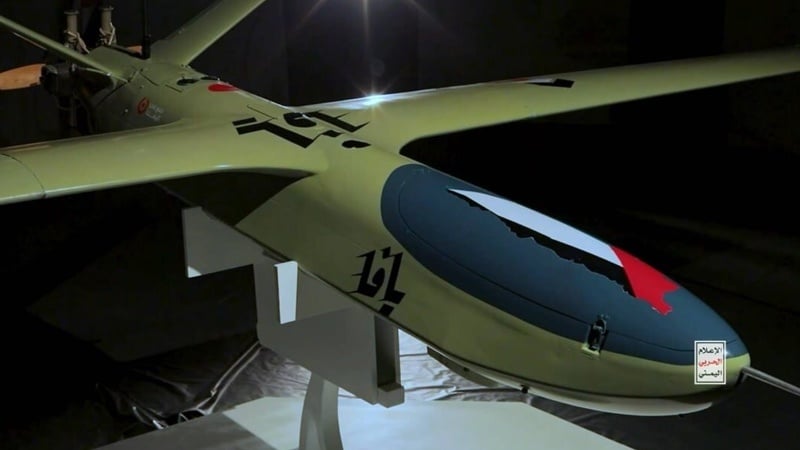Have Yemeni drones been able to challenge the U.S. naval strategy?
-

Have Yemeni drones been able to challenge the U.S. naval strategy?
Pars Today – A Lebanese newspaper acknowledged that Yemen’s naval warfare experience in the Red Sea has become a turning point in the evolution of U.S. military strategy.
After failing to counter Yemen’s asymmetric attacks in the Red Sea, the United States has shifted its military approach toward the extensive use of drones and naval robots. According to Pars Today, Lebanon’s Al-Akhbar newspaper wrote in an article that Yemen’s naval warfare experience in the Red Sea has become a turning point in the evolution of U.S. military strategy. The Arab media outlet emphasized that the war in Yemen demonstrated that traditional and costly missile responses are no longer sufficient. For this reason, the Pentagon introduced a program called “Replicator”—a plan for the mass production of low-cost drones and robots aimed at accelerating the deployment of unmanned weapons.
In the first phase, the U.S. Department of Defense allocated $500 million in late 2023 for the purchase of unmanned aircraft and ships, early warning systems, and drone defense systems. This amount is planned to increase by another $500 million in fiscal year 2025. The U.S. Navy also intends to produce ship-deployable aircraft and airborne mines as a new line of defense—equipment that, at a relatively low cost, can counter unmanned intruders.
However, what is clear is that in the Red Sea battles in Yemen, the use of drones and precise, low-cost missiles by Yemeni forces has seriously challenged advanced Western fleets. This shift began in late 2023, when the U.S.–European–Israeli coalition faced unexpected resistance.
Senior U.S. officials have acknowledged that simple, low-cost tools have been able to confuse heavy and expensive military structures. This reality has forced both Washington and even Beijing to reconsider their naval strategies. Inspired by the Yemen experience, China has also prioritized investment in drones and naval robots as a means to counter the U.S.’s traditional superiority.


